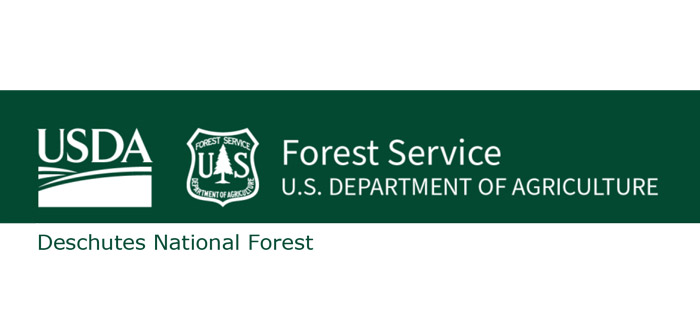In a landmark effort to conserve essential forestlands across the Pacific Northwest, the USDA Forest Service has awarded over $41 million to preserve approximately 91,100 acres in Oregon and Washington. This funding, sourced from the Inflation Reduction Act, aims to protect critical forest ecosystems that provide significant economic, recreational, and environmental benefits to local communities and support biodiversity across the region.
Oregon’s Tualatin Mountain Forest Project
In Oregon, the Forest Service has allocated $10.18 million to conserve the Tualatin Mountain Forest, safeguarding over 3,100 acres in the Portland metropolitan area. This funding will enhance sustainable forest management practices, support local ecosystems, and create more than 20 miles of trails for public use. Positioned within Multnomah County, the Tualatin Mountain project aligns with the broader national goal to protect working forests through the Forest Legacy Program. It will serve as a model for balanced forest management, focusing on economic productivity while conserving natural habitats and improving watershed health.
The Tualatin Mountain Forest will remain accessible to residents and visitors, connecting communities with nature and promoting public health through expanded recreational opportunities. The conservation of this forest also plays a key role in carbon sequestration, supporting efforts to combat climate change while preserving plant and wildlife habitats in one of the region’s most densely populated areas.
Washington’s Forest Conservation Investments
In Washington, $31.5 million in Forest Service funding will protect over 88,000 acres of forestland through two pivotal projects: the Stimson Timberland Legacy Project and the North Kitsap Community Forest Project.
The Stimson Timberland Legacy Project will conserve 87,754 acres of working forestland across Pend Oreille, Stevens, and Spokane counties. As part of a regional conservation effort spanning three states, this conservation easement will help sustain forestry jobs, reduce wildfire risks, and protect at-risk wildlife habitats. Public access to these lands will continue, enhancing Washington’s outdoor recreation economy and supporting the local forest-based industries vital to rural communities.
Meanwhile, the North Kitsap Community Forest Project will secure 452 acres on the Kitsap Peninsula, a vital corridor for regional wildlife and ecosystem resilience. Located among Tribal lands, county parks, and other conserved areas, this project ensures the protection of one of the last undeveloped forest tracts in the area. Besides preserving essential wildlife habitats, this initiative will sustain forest-sector jobs and encourage tourism, bringing both economic and ecological benefits to local communities.
Forest Legacy Program: A Regional and National Impact
These conservation efforts are part of the Forest Legacy Program’s nationwide initiative to protect more than 335,000 acres of working forests across 17 states. In 2024 alone, the Forest Service has invested nearly $420 million to safeguard over half a million acres, including these significant tracts in the Pacific Northwest. Through this program, the Forest Service partners with states, tribes, local communities, and landowners to protect at-risk private forestlands from development, ensuring long-term ecological and economic viability.
The program’s conservation model involves competitive grant processes that enable states to secure conservation easements or outright acquisitions. Some lands remain in private ownership under conservation easements, while others transition to public lands managed for community and ecological use, such as Oregon’s Tualatin Mountain Forest.
Supporting Local Economies and Disadvantaged Communities
These conservation projects also contribute essential benefits to underserved communities by fostering a recreation-based economy, creating jobs, and increasing public access to green spaces. Through programs like the Community Navigator Program, the Forest Service supports first-time applicants and historically underrepresented groups in accessing federal funding. These navigators assist with application processes, ensuring inclusivity and equitable access to conservation funding.
For additional details on the Forest Service’s conservation efforts, a full list of projects, or guidance on applying for fiscal year 2025 funding, visit USDA Forest Service Forest Legacy Program.
For groups needing application support, the Community Navigator Program is available to support first time applicants and other groups historically underrepresented in award of federal funding. Navigator services are offered through the Forest Service and a number of community partners, many of which have specific experience identifying and addressing needs for specific communities, industries, or land management entities.



